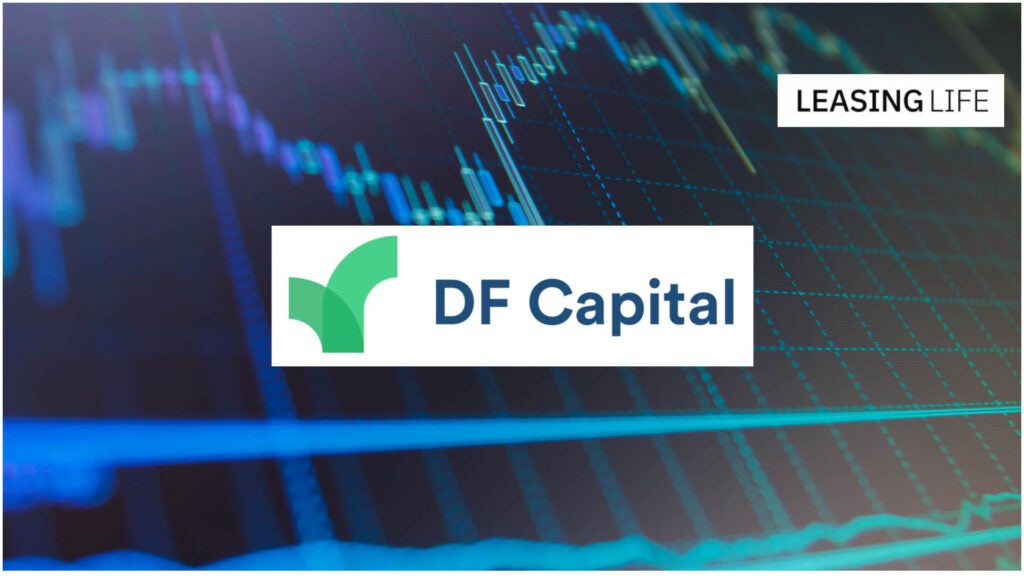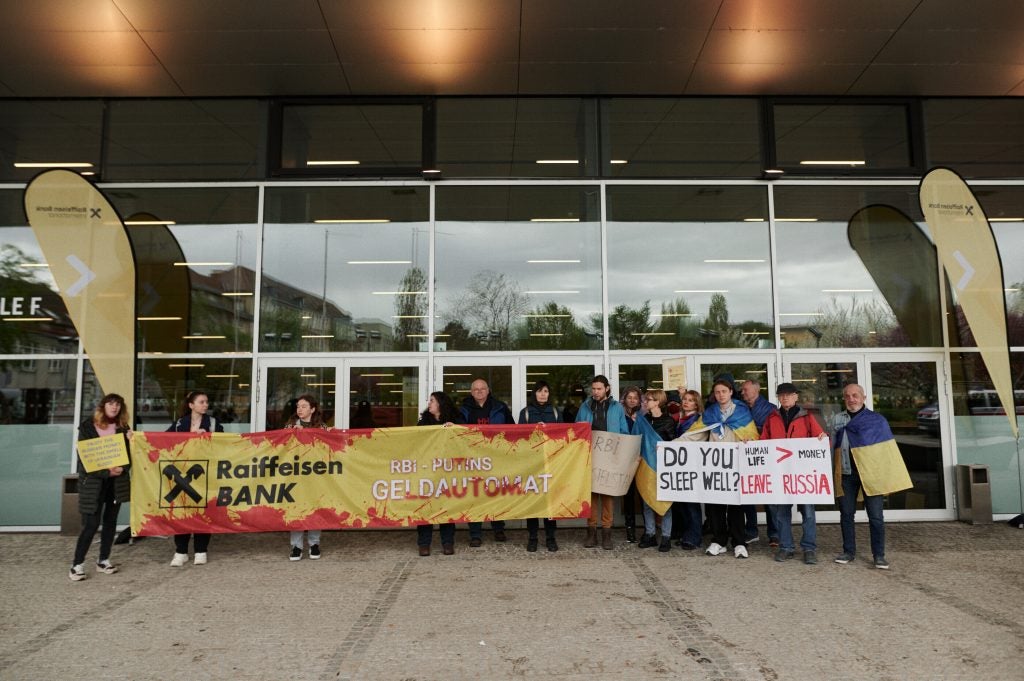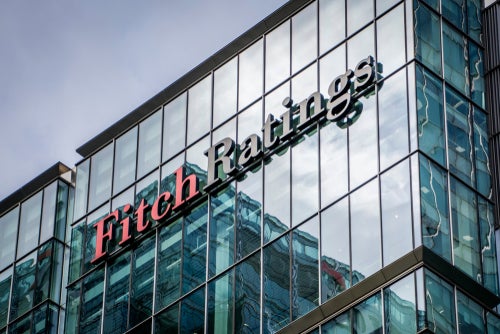A boom in renewable energy has created a
potentially lucrative market for leasing companies, as recent deals
have shown, but regulatory uncertainty could slow growth.
Investment in renewable energy, which includes
wind, solar and geothermal (heat from the earth) – increased
sharply in 2010, helped by government stimulus packages and
spending by emerging economies including China.
In Europe, much of the growth has been in
solar energy.
Earlier in July, one of Italy’s largest solar
power plants has begun operations in a project managed by
Deutsche Bank’s asset finance business.
The “photovoltaic”, or solar panel plant, in
Torre Santa Susanna was developed with solar energy companies: EST
(Energie & Solar Technik GmbH), dean Solar GmbH and Sanyo.
As well as managing the £40 million (€45
million) project, Deutsche Bank arranged equity and debt financing
for the power plant. The project was financed by Unicredit
Leasing.
How well do you really know your competitors?
Access the most comprehensive Company Profiles on the market, powered by GlobalData. Save hours of research. Gain competitive edge.

Thank you!
Your download email will arrive shortly
Not ready to buy yet? Download a free sample
We are confident about the unique quality of our Company Profiles. However, we want you to make the most beneficial decision for your business, so we offer a free sample that you can download by submitting the below form
By GlobalDataThe German bank has developed 50 large
renewable energy projects worldwide, including onshore and offshore
wind parks.
Other large asset finance companies, such as
Italy’s Leasint, also provide finance for renewable energy.
Leasint, part of Intesa Sanpaolo
banking group, has developed a dedicated product for renewable
energy leasing, called Leasenergy. Last year, Intesa Sanpaolo and
the European Investment Bank (EIB) agreed a funding line of €680
million aimed at renewable energy projects involving small and
medium-sized enterprises.
Solar Power
GE Energy Financial
Services, which is based in California, manages projects and
provides leasing finance for renewable energy projects
worldwide.
The business, which has $21 billion (€14.7
billion) in assets and is part of General Electric, the US
conglomerate, has equity investments in renewable energy projects
that can produce 23 gigawatts – equivalent to the generating
capacity of the Netherlands.
In Europe, GE Energy Financial Services owns a
$75 million (€52.5 billion) solar power plant in Portugal, which it
also financed. When the deal was announced in 2006 GE said that it
would be the world’s largest solar photovoltaic power project.
In the UK, the government has said that it
wants 15% of its energy to come from renewable sources by 2020 and
introduced a subsidy — the feed-in tariff (FIT) renewable energy
scheme. The FIT is paid to homeowners and businesses that generate
their own electricity through small-scale green energy
installations.
The government is reviewing the FIT. Possible
changes, are due to be announced in April next year, but could be
brought forward to this year if there is a higher-than expected
uptake of the FIT.
Uncertainty over the future of the FIT makes
it hard for leasing companies to plan investment in renewable
energy and estimate profit margins.
At a conference in May hosted by Finance & Leasing Association
asset finance concerns said that a lack of widely-accepted
information on renewable energy assets made it hard to do business
in the sector.
“It is absolutely critical that there is
confidence around what we are originating in terms of assets and
cash flows,” Alastair Tyler, global head of strategic asset finance
at Barclays Corporate, said in May at the FLA conference. “If there
is any obfuscation, then investors will run scared.”
Renewable energy report
Last year, investors pumped a record $211
billion (€148 billion) into renewable energy — about one-third
more than the $160 billion invested in 2009, and a 540% rise since
2004, a new report says.
Of this total investment, more than half ($128
billion, €89.7 billion) came from asset finance — up about 20%
from the previous year — says a report from the
United Nations Environment Programme and Bloomberg New Energy
Finance, published last week.
Asset finance of large “utility-scale”
renewable energy projects is typically done in two ways. The first
is balance-sheet financing, whereby developers use their own
resources to fund a project; often after raising bond finance for
the corporate entity.
The second type of investment is “non-recourse
project financing” — funding secured for a project on the strength
of anticipated income flows.
In 2010, wind continued to dominate new
investment in large scale renewables, at $94.7 billion. However,
when investments in small scale projects are added in solar is
catching up, with $86 billion in 2010, up 52% on the previous year,
the report found.
In developed economies there was a surge in
small renewable energy projects; mainly rooftop solar panels.







